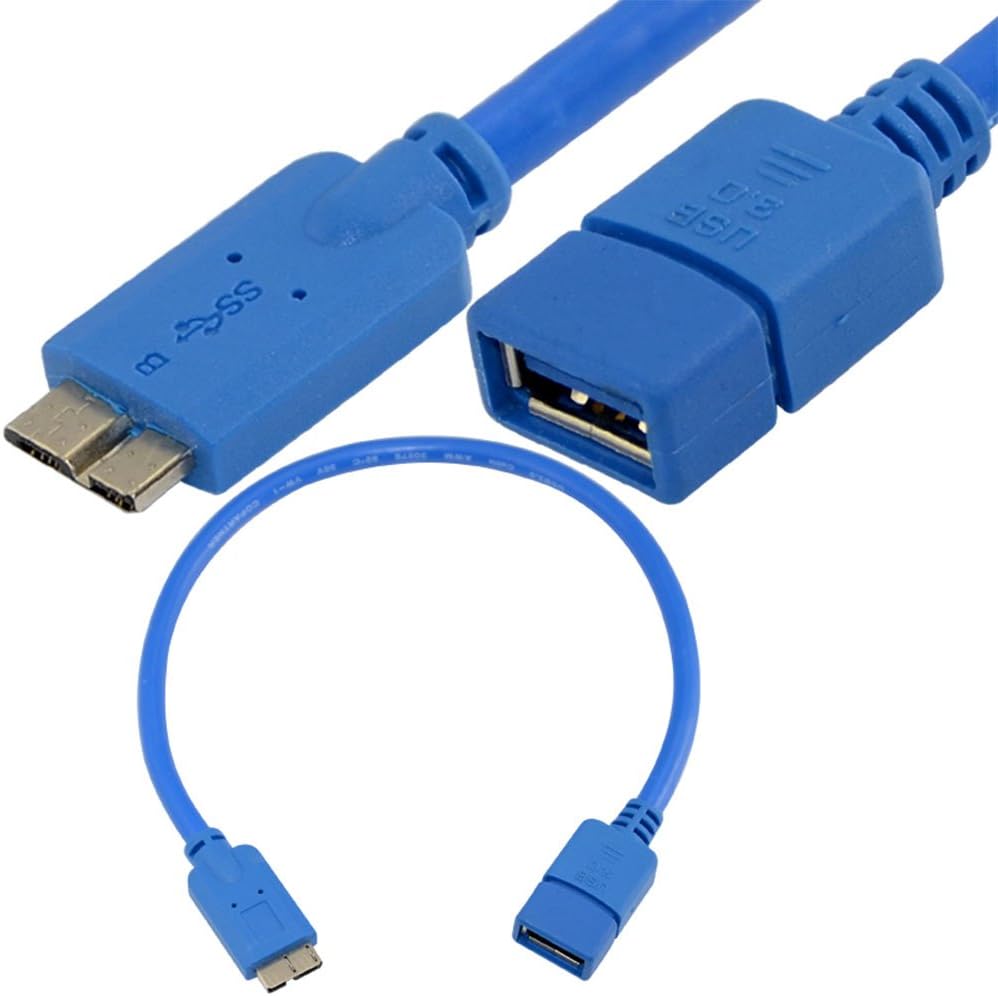So i could use this cable for the Pyra?, this is cool
Gesendet von meinem SM-T515 mit Tapatalk
Gesendet von meinem SM-T515 mit Tapatalk

USB3.x where x is less than 2 (because USB3.2 basically means USB-C) supports no more power modes than USB2 did once the battery charging directives had been written.
Basically, only connect 5V chargers to whichever socket you prefer. It will take up to 2.1A of juice from it, which is a lot faster than the Pandora ever charged. As long as it's 5V the battery charging circuitry will negotiate how much charge to pull in, because that's the way electronics work; define the voltage, and you can control the current flowing according to the effective load. But if you connect a higher voltage to it, sparks are likely to fly I suspect.
yesIt is probably possible to override this in software by using the bq24297's I2C interface to set a new current limit. But that does create a risk of overload if it is connected to a computer - usually that will just cause the USB port to turn off momentarily, but on some older motherboards it could power off the whole machine.
echo 2000000 >/sys/class/power_supply/bq24297/input_current_limitOr unless he can rapidly contribute some useful dev work!Unless he's ordered, he can wait in line - even though I doubt he'd have anything negative to say.

